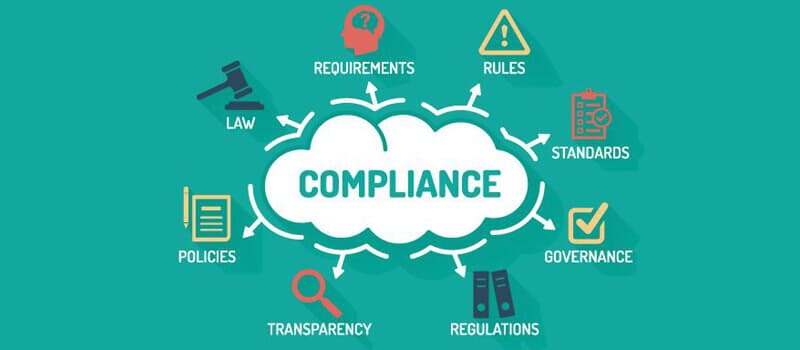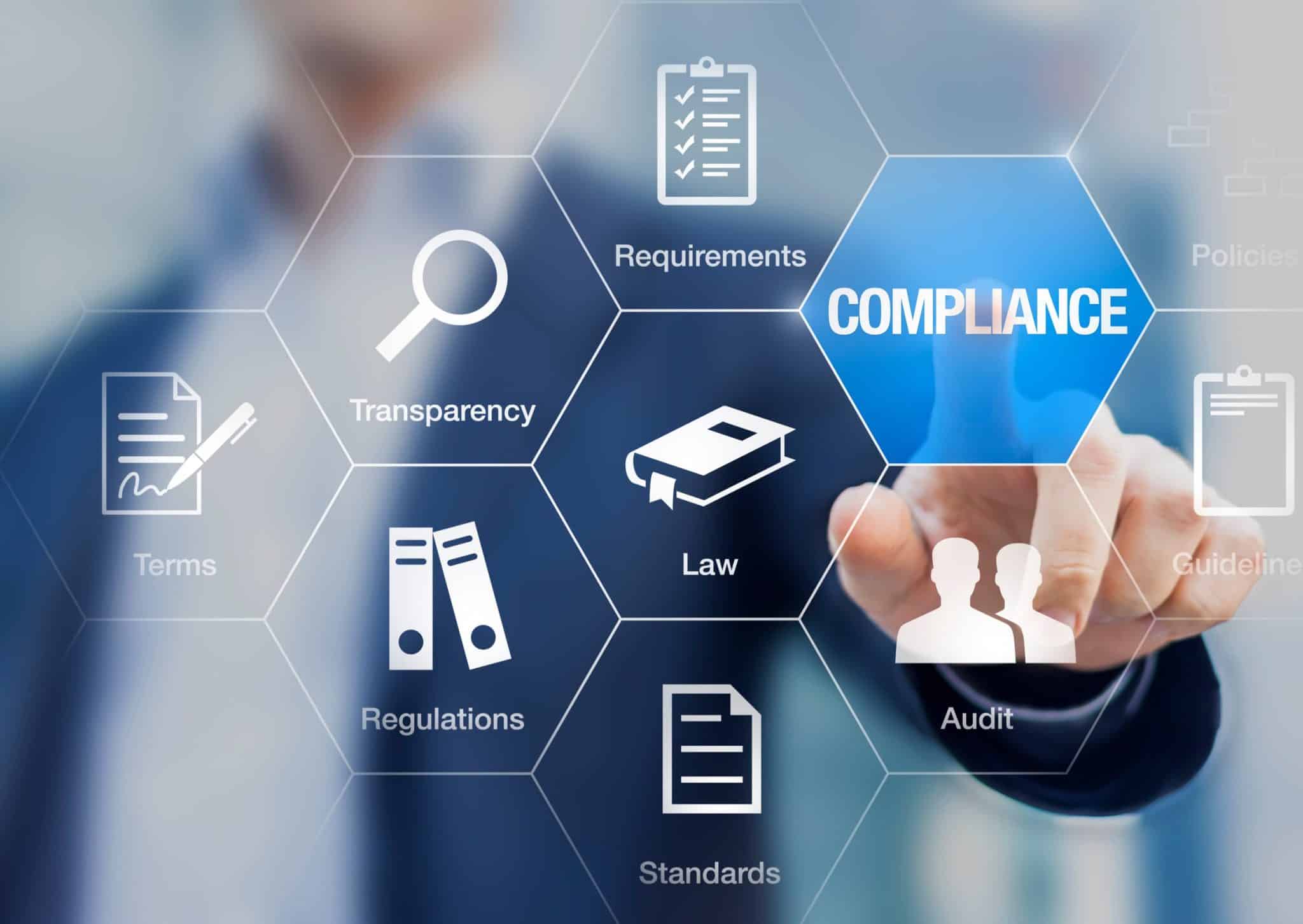Compliance providers have emerged as a cornerstone for achieving business excellence in today’s highly regulated business environment. These solutions ensure that organizations adhere to laws, regulations, and internal policies, thereby minimizing risks and fostering a culture of integrity and accountability.
This article explores the importance of these services, including various types available, their benefits, implementation strategies, and best practices.
What Do They Do?
Compliance Solutions encompass various tools and strategies for ensuring compliance with regulatory requirements and internal policies. These help organizations monitor, manage, and report compliance-related activities, providing a systematic approach to risk management and ethical business conduct.
Importance of Compliance in Business
The importance of compliancein business cannot be overstated. Regulatory bodies worldwide impose stringent rules to protect stakeholders’ interests and ensure fair market practices. Non-compliance can lead to severe penalties, legal ramifications, and damage to an organization’s reputation. Therefore, having robust solutions in place is essential for mitigating risks and achieving long-term business success.
Types of Compliance
They can be broadly categorized based on their specific functions. Here are some of the key types:
Employee Conflicts of Interest Management: These help identify and manage potential conflicts of interest among employees. By ensuring transparency and accountability, organizations can prevent unethical practices and maintain stakeholder trust.
Incident and Policy Management: This enables organizations to document, track, and manage incidents and policy violations. It ensures that all incidents are appropriately investigated, and corrective actions are taken promptly.
MNPI and Enterprise Conflicts Management: Managing Material Non-Public Information (MNPI) and enterprise-wide conflicts is critical in sectors such as finance. These help organizations monitor the flow of sensitive information and manage conflicts to prevent insider trading and other illegal activities.
Accountability and Competency: These are focused on accountability and competency, ensuring that employees understand and adhere to compliance requirements. They include training programs, certification tracking, and performance assessments to maintain high compliance standards.
License and Registration: They help manage organizations’ and their employees’ licensing and registration processes. They ensure that all necessary licenses are up-to-date and that the organization complies with regulatory requirements.
What Are Their Benefits?
Implementing compliance offers several benefits to organizations:
- Risk Mitigation: By proactively managing compliance, organizations can identify and mitigate risks before they escalate into major issues. This proactive approach helps in safeguarding the organization’s assets and reputation.
- Improved Efficiency: Automation of compliance processes reduces manual efforts, allowing employees to focus on core business activities. This not only saves time but also increases productivity across the organization.
- Enhanced Reputation: A strong compliance record enhances an organization’s reputation, building trust with customers, investors, and regulators. This trust can lead to increased business opportunities and customer loyalty.
- Cost Savings: Effective compliance management can lead to significant cost savings by avoiding non-compliance fines, penalties, and legal fees. It reduces the risk of costly operational disruptions.
- Data-Driven Insights: Compliance services often include advanced analytics capabilities, which provide valuable insights into compliance trends and areas for improvement. These insights can guide strategic decision-making and continuous improvement efforts.
Implementing Compliance Systems
Implementation requires a strategic approach to ensure effectiveness and integration with existing systems. Here are some steps to consider:
- Assess Needs and Risks: Conduct a thorough assessment of your organization’s compliance needs and risks. This involves understanding regulatory requirements, identifying potential risk areas, and determining the scope of services needed.
- Choose the Right Solutions: Select the solutions that align with your organization’s requirements. Consider scalability, ease of use, integration capabilities, and vendor support.
- Develop Policies and Procedures: Establish clear policies and procedures to guide compliance activities. Ensure that these are documented and communicated to all employees.
- Training and Awareness: Provide comprehensive training to employees on compliance requirements and the use of compliance systems. Regular training sessions and awareness programs help maintain a culture of compliance.
- Monitor and Review: Continuously monitor compliance activities and review the effectiveness of the implemented systems. Use analytics and reporting tools to gain insights and make informed decisions.
- Continuous Improvement: Compliance is an ongoing process. Regularly update your compliance strategies and solutions to adapt to changing regulations and business environments.
Systems for Different Industries
Different industries have unique compliance requirements, and solutions are tailored to meet these needs. For instance:
- Financial Services: Compliance systems in the financial sector focus on anti-money laundering (AML), know your customer (KYC), and trade surveillance to prevent fraud and ensure regulatory adherence.
- Healthcare: In healthcare, they ensure adherence to patient privacy laws (such as HIPAA), medical billing regulations, and clinical trial protocols.
- Manufacturing: Manufacturing industries use these solutions to manage environmental regulations, health and safety standards, and quality control processes.
Compliance Solutions are vital in achieving business excellence by ensuring adherence to regulatory requirements and internal policies. Implementing these solutions involves a strategic approach, including assessing needs, selecting the right tools, developing policies, training employees, and continuously monitoring and improving compliance activities.




